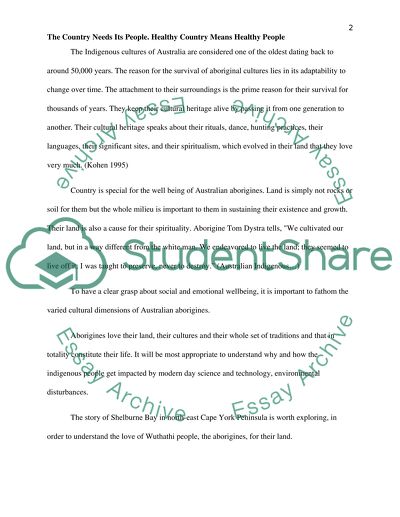Cite this document
(“One of the significant characteristics of Australian Indigenous Essay”, n.d.)
Retrieved from https://studentshare.org/environmental-studies/1416023-one-of-the-significant-characteristics-of
Retrieved from https://studentshare.org/environmental-studies/1416023-one-of-the-significant-characteristics-of
(One of the Significant Characteristics of Australian Indigenous Essay)
https://studentshare.org/environmental-studies/1416023-one-of-the-significant-characteristics-of.
https://studentshare.org/environmental-studies/1416023-one-of-the-significant-characteristics-of.
“One of the Significant Characteristics of Australian Indigenous Essay”, n.d. https://studentshare.org/environmental-studies/1416023-one-of-the-significant-characteristics-of.


